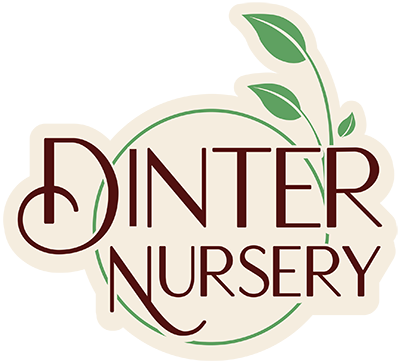Budget Friendly Gardening
With a small budget can you still start a garden?
Here are our 10 favourite ways to garden without breaking the bank!
Design it yourself:
If you are starting a garden from scratch consider designing the space yourself. There are a lot of excellent free resources available online or at the local library. If this prospect seems too overwhelming many designers offer consulting services that can help new gardeners get started.
Buy small plants or bare-root plants:
Perhaps the best and easiest way to save money when starting a new garden is to always buy the smallest plant size available. Plants establish better when planted small, so you won’t only be saving money, you’ll also be growing healthier plants. Bareroot is another affordable option, and just like planting smaller plants, bare-root plants establish better than containerized plant material. Fruit trees, roses, small fruits, and even perennials vegetables like asparagus are available as bare-root plants in early spring.
Make your own compost and soil amendments:
One of the biggest costs associated with building a new garden is soil. Thermophilic compost piles can compost garden and kitchen waste into fertile compost in months, as long as the pile is a minimum of 3’ tall x 3’ wide and the right ratio of carbon and nitrogen. Pallets can be easily tied together to create an affordable compost bay.
Vermicomposting is also another great and affordable way to add nutritional value to your soil. Vermicompost should be treated more like a fertilizer than a compost because of it’s high nutrient content. Red wriggler worms, which are available at Seedy Saturdays or online from local suppliers, digest kitchen scraps and turn it into a highly regarded natural soil amendment. Vermicomposting is a great activity for kids too.
Start plants from seed:
Veggie gardening can save a lot of dollars at the grocery store, but the cost of buying vegetable seedlings quickly adds up. Many of gardeners favourite vegetables are very easy to grow. Tomatoes and peppers can be started indoors 8-10 weeks before last frost. Peas can be direct sown as soon as soil is workable. Beans, cucumbers, squash, melons and corn can be direct sown after the last frost date. Don’t stop with vegetables. Many perennials are easy to start from seed as well; lupins, echinacea, foxgloves, and Rudbeckia for example.
Be on the lookout for plant swaps:
In the spring, perennials and grasses can be dug up and divided. This is a great gardening practice to reduce congestion in the center of the plant, as well it can promote flowering in some species. These plant divisions can be shared at plant swaps, and will provide you with a beautiful perennial or grass in just a few months. We host a free perennial plant exchange for our community every year in spring - check our event page for the date!
Find free mulch:
Space permitting, contact a local arborist to see if they will drop off wood chips. If you are flexible with timing, next time the arborist is in your neighbourhood they may be able to drop off a load of woodchips that would make great mulch for ornamental garden beds, paths in your veggie garden, or an ingredient for your compost pile.
Shop for plants during end-of-season:
Fall is a great time to buy plants. Not only are plants discounted as we try to clear our inventory before winter, but fall is also an excellent time for planting shrubs and trees. Planting in the fall allows plants to have all winter and spring to establish their root systems before warm and dry summer temperatures arrive.
Choose easy-growing perennials:
Picking the most low-maintenance and easy to grow perennials is a great way to save yourself from replacing plants that weren’t suitable for your growing conditions. It can be easy to get distracted at the nursery (believe us, we know!), but do you research, come to the garden center with a list, and stick to it.
Save seeds:
Instead of buying new seeds, try saving seeds from your vegetables you don’t need to spend another four to six dollars on a seed packet next year. It’s important when saving vegetable seeds to save from open-pollinated varieties. These seedlings typically resemble the parent plants as long as they are not allowed to cross pollinate with another variety of the same species.
Opt for affordable hardscaping:
Hardscaping is one of the most expensive parts of a landscaping installation. Use more affordable hardscaping surfaces like 2’ x 2’ concrete pavers or cart path. Don’t pitch penny’s on subgrade though. Generally subgrade should be a minimum of 6” compacted material (such as road base). There are lots of affordable equipment rental options locally; Cowichan Rentals, Highway Rentals and Robinson Rentals & Sales (5972 Trans-Canada Highway).

